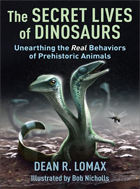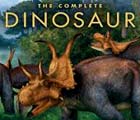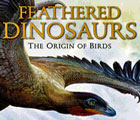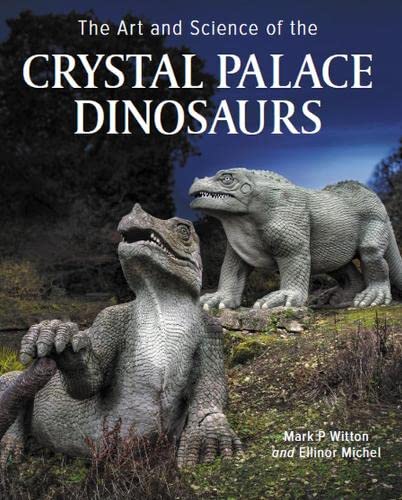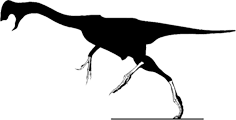Family Tree:
Dinosauria
Saurischia
Theropoda
Coelurosauria
Maniraptora
Oviraptorosauria
Caenagnathidae
Dinosauria
Saurischia
Theropoda
Coelurosauria
Maniraptora
Oviraptorosauria
Caenagnathidae
Pronunciation: see-NAG-na-thuh-day
Author: Raymond McKee Sternberg
Year: 1940
Meaning: Recent jaws (see etymology)
Locomotion: Bipedal (2 legs)
Synonyms: Elmisauridae (Osmólska, 1981)
Author: Raymond McKee Sternberg
Year: 1940
Meaning: Recent jaws (see etymology)
Locomotion: Bipedal (2 legs)
Synonyms: Elmisauridae (Osmólska, 1981)
Definition:
The most inclusive clade containing Chirostenotes pergracilis but not Oviraptor philoceratops.
About
Caenagnathidae - meaning "recent jaws" - is a family within Oviraptorosauria that was coined by Raymond Mckee Sternberg in 1940 and anchored by
Caenagnathus - a "flightless bird" since proven to be Chirostenotes. And then it wasn't again.
The flightless caenagnathids are sisters of the oviraptorids and share a similar gereral body plan; long arms and legs, fused ankles, long necks, short tails, and fancy head crests, though they are more lightly-built with longer and more shallow jaws riddled with air-filled hollows and a series of ridges and toothlike processes.
Etymology
Caenagnathidae is derived from the Greek "kaine" (recent, new") and "gnathos" (jaws), and the Latin "idae" (family).
Relationships
References
Sternberg, R.M. (1940) "A toothless bird from the Cretaceous of Alberta". Journal of Paleontology 14 (1):81–85.





